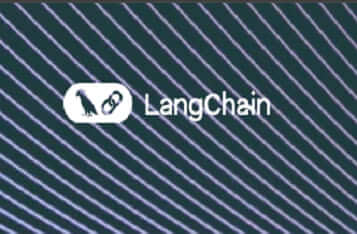SFC Outlines Regulatory Expectations for Virtual Asset Trading Platforms Post-Transition
The Securities and Futures Commission (SFC) has issued a detailed briefing to applicants of virtual asset trading platforms, outlining regulatory expectations as the transition period comes to an end, according to apps.sfc.hk.
End of Transition Period
With the transition period concluding, the SFC emphasized the importance of compliance with the new regulations to ensure market integrity and investor protection. The regulatory body highlighted that adherence to these standards is crucial for maintaining a robust and transparent trading environment.
Key Regulatory Expectations
During the briefing, the SFC outlined several key areas that virtual asset trading platforms must focus on. These include stringent anti-money laundering (AML) measures, robust cybersecurity protocols, and transparent operational procedures. The SFC stressed that platforms must implement comprehensive risk management strategies to safeguard against market manipulation and other illicit activities.
Enhanced Investor Protection
Investor protection remains a top priority for the SFC. The commission reiterated the need for trading platforms to provide clear and accurate information to investors, including detailed disclosures about the risks associated with virtual asset trading. Platforms are also required to maintain segregated accounts to protect clients' assets and ensure they are not commingled with the platform's funds.
Global Regulatory Alignment
The SFC's regulatory framework is designed to align with international standards, promoting consistency and cooperation among global regulatory bodies. This alignment is intended to facilitate cross-border trading and enhance the overall stability of the virtual asset market.
As the regulatory landscape for virtual assets continues to evolve, the SFC's guidance aims to provide clarity and support to trading platforms, ensuring they can navigate the new requirements effectively.






